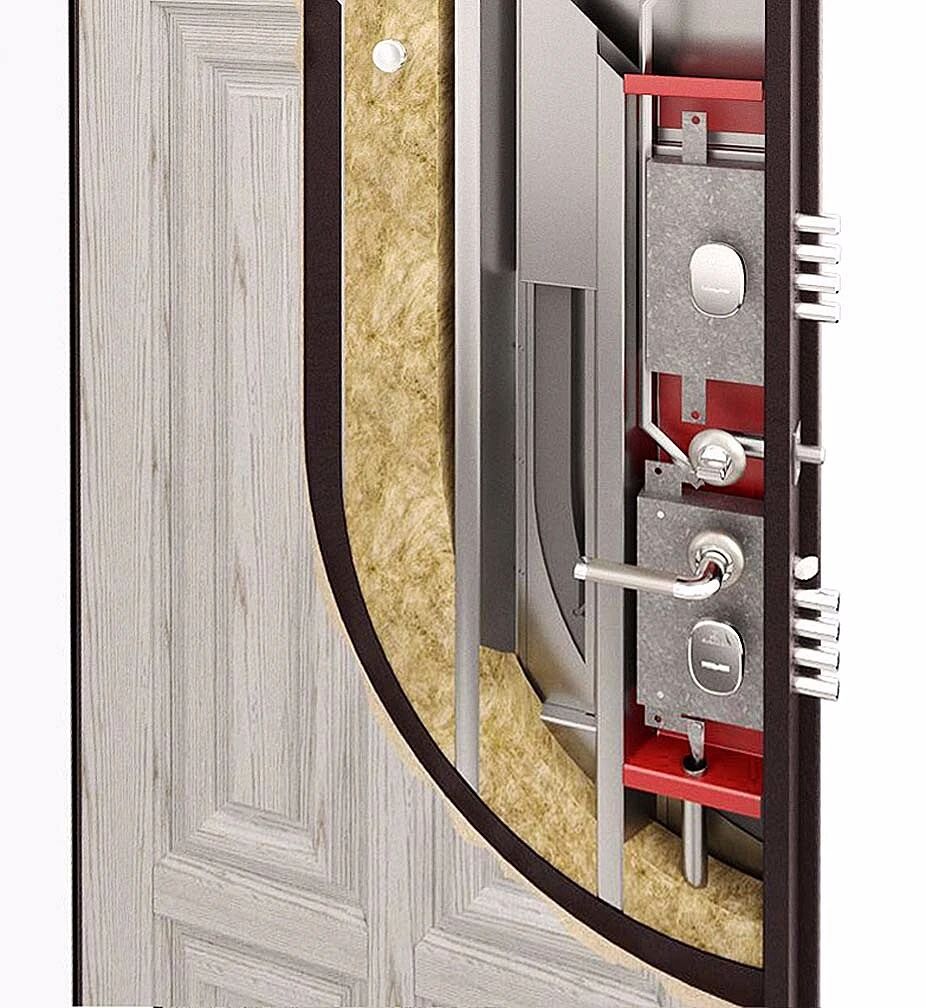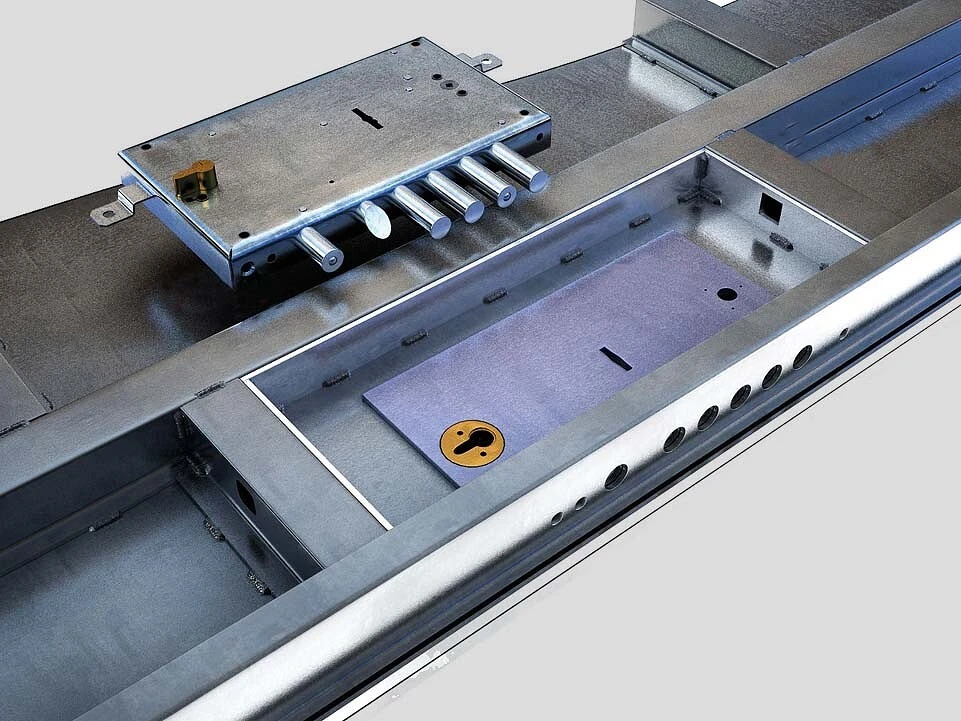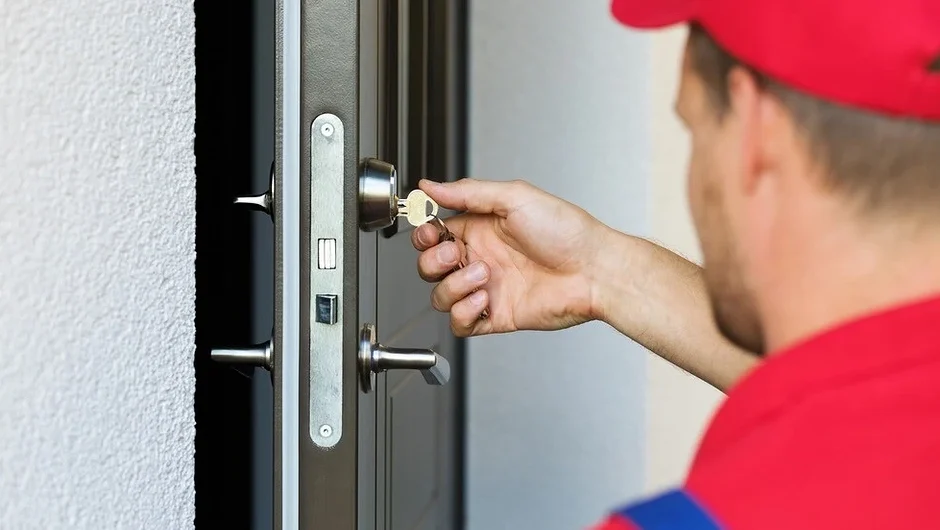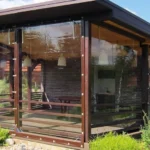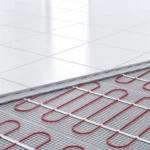How to replace the cylinder, how to change the rotor and block, and what to do with the mortise and inset type of lever lock.
Most often, the need to replace locks or their secret mechanisms arises when someone in the household loses their keys. If the company that installed your door is still on the market, you can contact them for the service. If not, you will have to solve the problem yourself. An equally compelling reason for such an operation is the jamming of the mechanism. After all, if a significant part breaks, for example, a lever spring, the door will be locked and it will no longer be possible to open it without the help of a service technician.
Luckily, you don’t always have to replace the entire lock. For example, for cylinder models, it is enough to install a new security mechanism, while the main body (executive part) remains in place.
Cylinder replacement
A simple operation, since the cylinder is fixed in the lock body with a single screw accessible from the end of the blade. It is enough to unscrew this screw and the cylinder can be freely removed from the lock. The outer protector usually does not need to be removed, but if the cylinder has built-in knockout protection (as most modern models do), you will need to insert the key and turn it about a quarter turn clockwise.
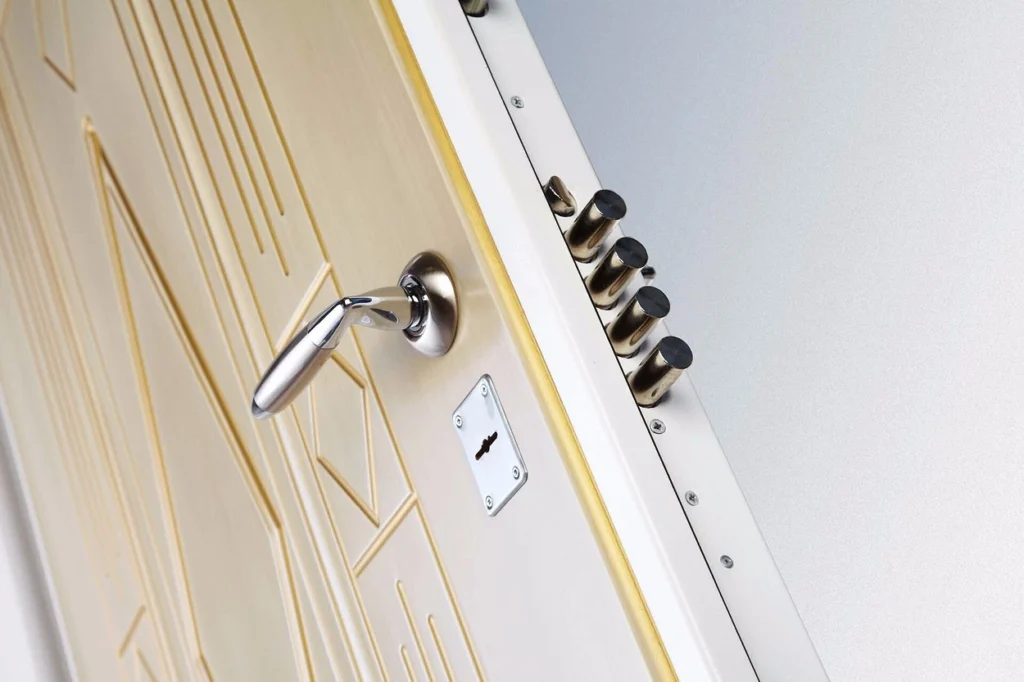
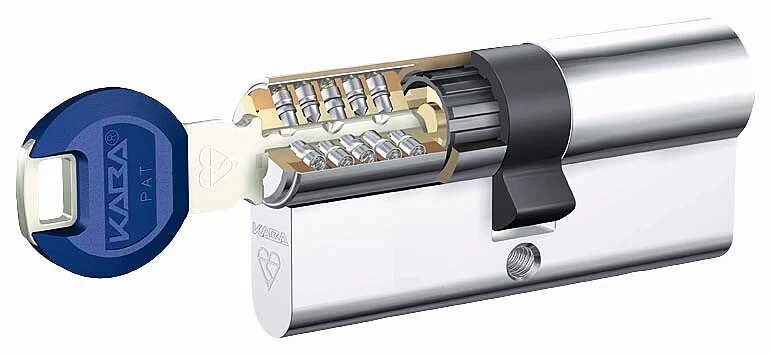
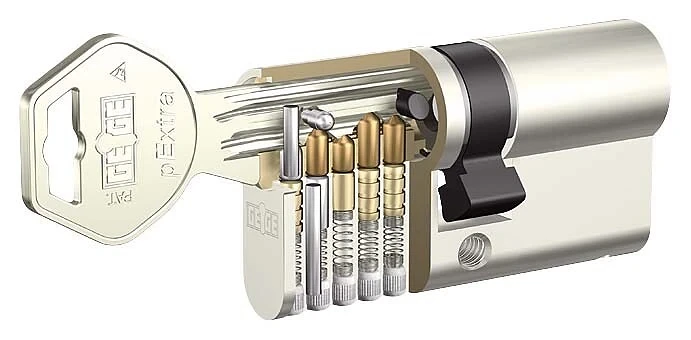
There will also be no difficulties with purchasing a new privacy mechanism. Cylinders are universal, or rather, there are two main types of devices, or profiles, on sale – European (they are the most common) and Finnish (they have a cylindrical shape and are used in Abloy locks). In order not to make a mistake with the choice, it is necessary to determine the type of cylinder, and also measure its length and the distance from the hole for the mounting screw to each of the ends. If you would like to increase the security of the lock, you should give preference to new models with an interactive pin or pins located in different planes.
Working with lever (combined) locks
Mortgage lock
If at the end of the leaf, you do not see the front plate of the lock and the heads of the fastening screws, but there are only holes for the bolts, then the door is equipped with an inset lock. Such a mechanism is reliably protected from hacking, but it is difficult to replace: access to the case is opened only after dismantling the internal finishing panel. It’s good if this panel is secured with corners and screws – then the whole thing will take no more than an hour. But if it is fixed with rivets or glue, it will be much more difficult to remove it without damaging it.
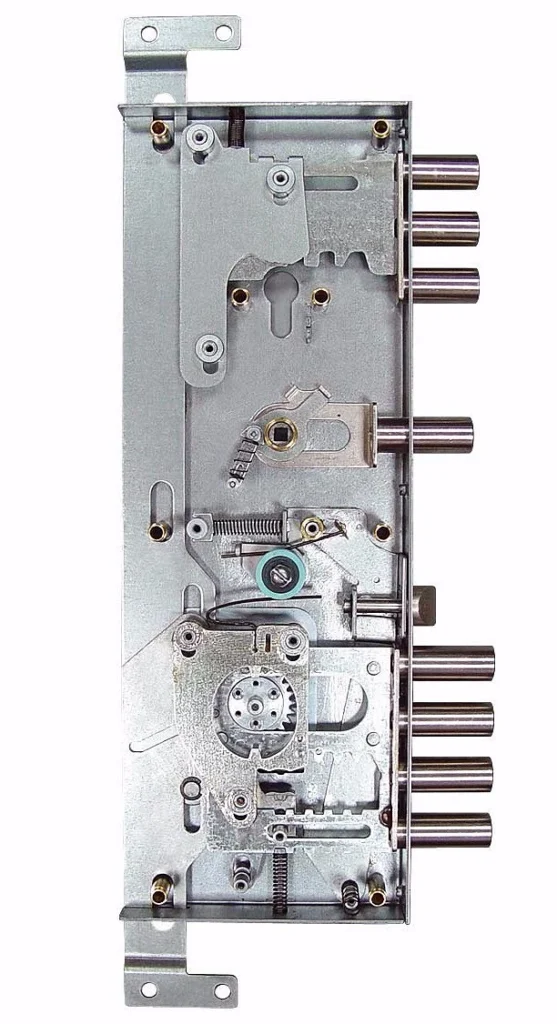
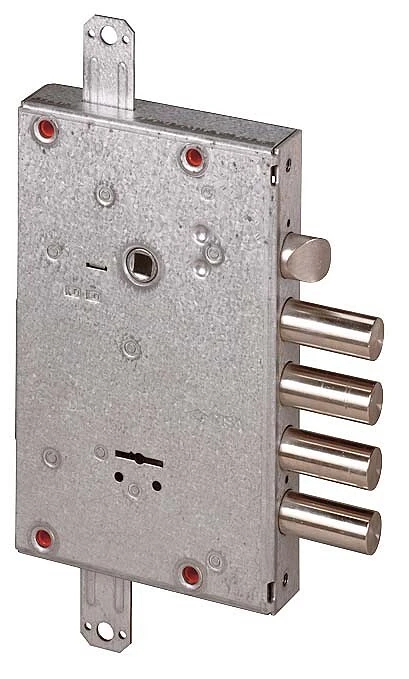
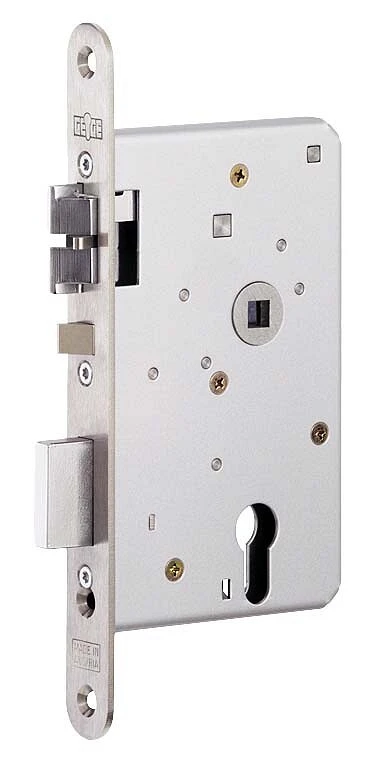
The new lock, as in the previous case, must completely match the old one in size.
Mortise lock
The mortise lock is installed from the end (edge) part of the blade and is secured with two screws. It is not difficult to remove, but you can only replace it with a product of the same model since the holes for the crossbars, fasteners, and keyhole must match. But what if the manufacturer has left the market or you are not satisfied with the reliability of the lock? Then you should try to find an analogue that is as close in size as possible and install it with the help of a mechanic. Instead of separate holes for the crossbars, you can cut a continuous groove, but it is advisable to reinforce the box with a plate or insert. To transfer the mounting holes of the front plate you will need a drill and a tool.
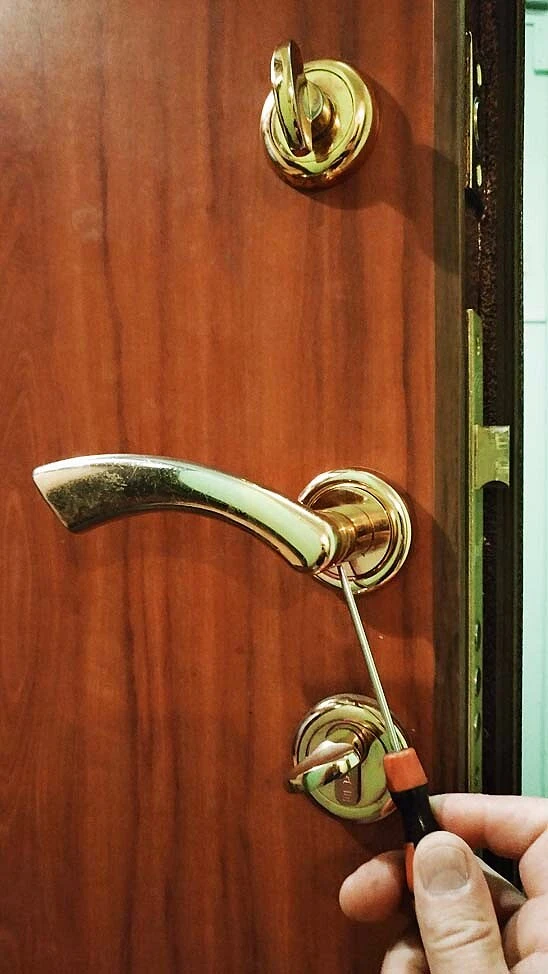
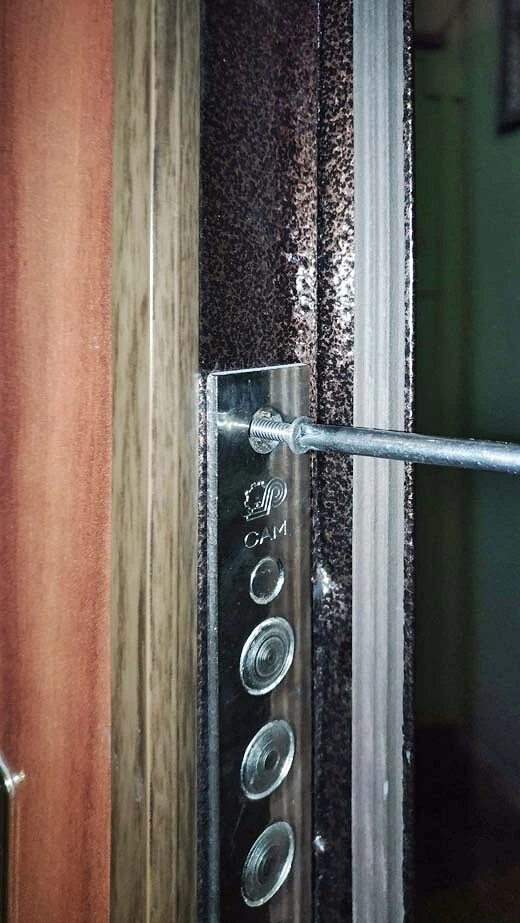
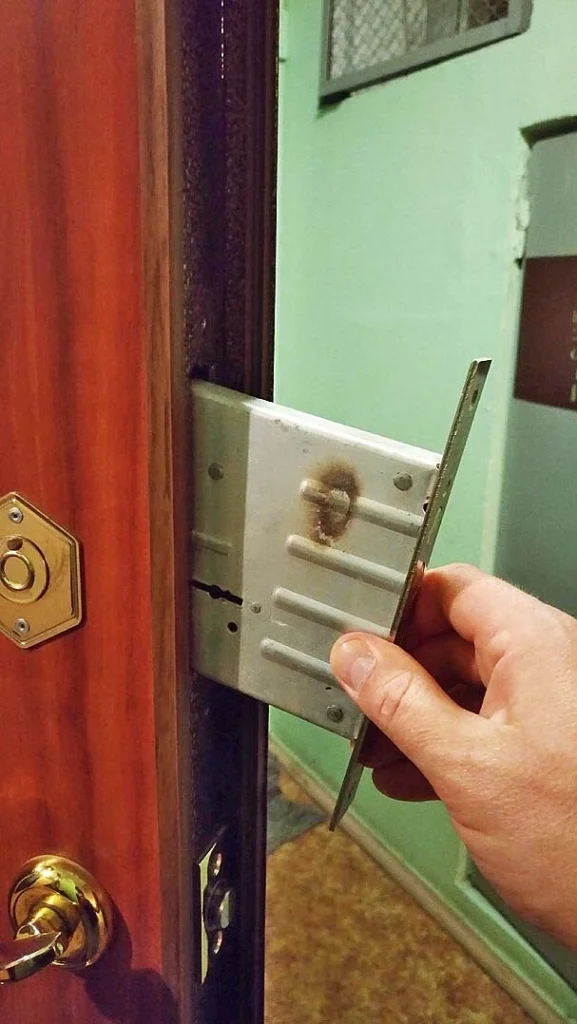
Replacing the rotor or block of the lever lock
Some models of lever and rotary-level locks (for example, Gardian 21.14, Mottura Nucleo My Key), like cylinder locks, allow you to replace only the secret part, which can be purchased along with a set of keys at an authorized dealership. The operation itself is extremely simple: models of this design type are usually mortise and are removed from the end of the blade, or a window is provided in the inner panel for access to the body.
